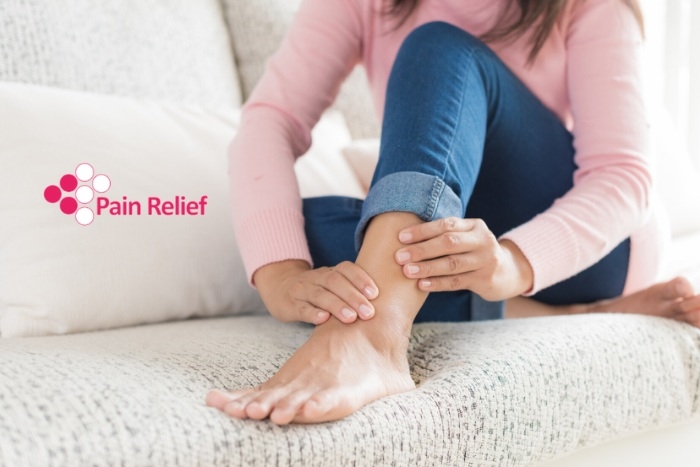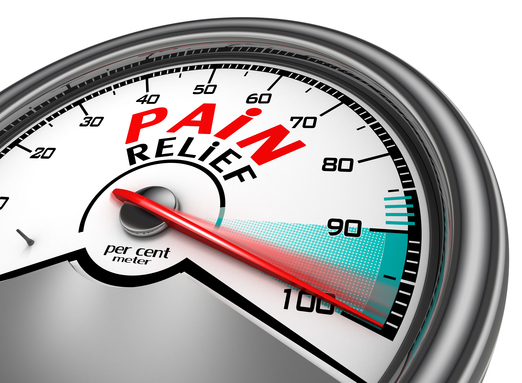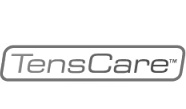You have no items in your shopping cart.
Myositis: What it is and How to Treat it

While you may have heard of Myositis, do you really know what it is or how to treat it? While experts agree there isn’t an actual cure for the condition, there are ways to treat it. Do you have Myositis and want an effective way to treat the muscle pain? Try the Handy Cure for treating Myositis pain effectively. Keep reading for basic information on the condition, and how you can treat it.
What is Myositis?
Myositis is a condition that involves severe inflammation in the muscles. There are a few different types of Myositis;
Polymyositis: causes muscle weakness around the middle and both sides of the body.
Dermatomyositis: causes muscle weakness and a rash on the skin.
Juvenile dermatomyositis: similar to dermatomyositis, only involves inflammation of blood vessels.
Myositis can be caused by an infection, an injury, or an autoimmune disease, rheumatoid arthritis or lupus for example. It can also be a result of a virus, such as the cold, flu, or HIV. Some medications or drugs can also cause Myositis as well. Symptoms include muscle pain, muscle weakness, difficulty swallowing or breathing, difficulty moving limbs, joint pain, fever, and fatigue.
Ways to Treat Myositis
Treatment for any condition will vary from person to person. As there are different types of Myositis, treatment will vary depending on the type as well.
Medication
As some forms of Myositis are a result from illness, treating it as an illness is an option. This includes getting plenty of rest, drinking lots of water, and in some cases taking medication. Prednisone, a corticosteroid medicine, is commonly used for treating Myositis, as it helps to reduce the inflammation in the muscles, skin, and other affected body systems. It is also used to ease the pain associated with this condition, and increase strength in the muscles.
There are several other types of medicines to treat Myositis, and determining the right one for you is best left to a doctor.
Exercise and Physical Therapy
More and more doctors are starting to stress the importance of regular exercise, and its effect on one’s quality of life. Exercise and physical therapy are other ways that doctors recommend treating Myositis. Regular exercise can help to prevent getting Myositis, and make recovering from it easier if you do happen to contract the illness.
Experts recommend finding an activity that you enjoy, and do it on a weekly basis. Whether it is something more low-key like yoga or walking, to more intense exercises like swimming or weight training, any physical activity will help improve your body’s ability to heal itself.
Some tips physical therapists have when it comes to exercising includes:
-
Stretch before and after your workout
-
Don’t over it - if you’re feeling pain stop and rest
-
Start slowly and gradually build your way up
-
Do warm ups before your workout and cool downs afterwards
LLLT
Low-level laser therapy (LLLT) is fairly new way that doctors are treating several illness and conditions, including Myositis. LLLT combines different energies together to target inflamed muscles and joints and reduce the swelling; it also promotes microcirculation in order to increase blood flow to the affected area to speed up healing.
Products like the Handy Cure are easy and affordable ways to take advantage of LLLT technology. Depending on the clinic and what is being treated, laser therapy sessions can cost anywhere from $100 to $300 per session, and often you will need to do several sessions in order to notice a difference. When you buy the Handy Cure, you pay the price once, and then the device is yours to use as often as you like. Plus, you can use it at home or on the go - no need to schedule an appointment!
Supplements
Supplements are a way to heal Myositis naturally if you don’t want to go the medication route, though you should still consult a doctor, as some supplements can have negative side effects for some people. Glucosamine is used to increase protein production in the muscles, cartilage, ligaments, blood vessels, and tendons. Studies have seen it have an improvement in both Myositis and arthritis, though it can increase blood sugar levels in diabetics. Fish oil is great for decreasing inflammation, and often can be taken with other anti-inflammatory drugs, though high doses can cause digestive problems. Creatine is used to increase muscle bulk, and in some small studies has improved the muscle weakness and flares associated with Myositis. Whatever supplement you decide to take, remember to talk to your doctor first to make sure that it is safe for you.


















































































































































 Default Store View
Default Store View  New Theme
New Theme